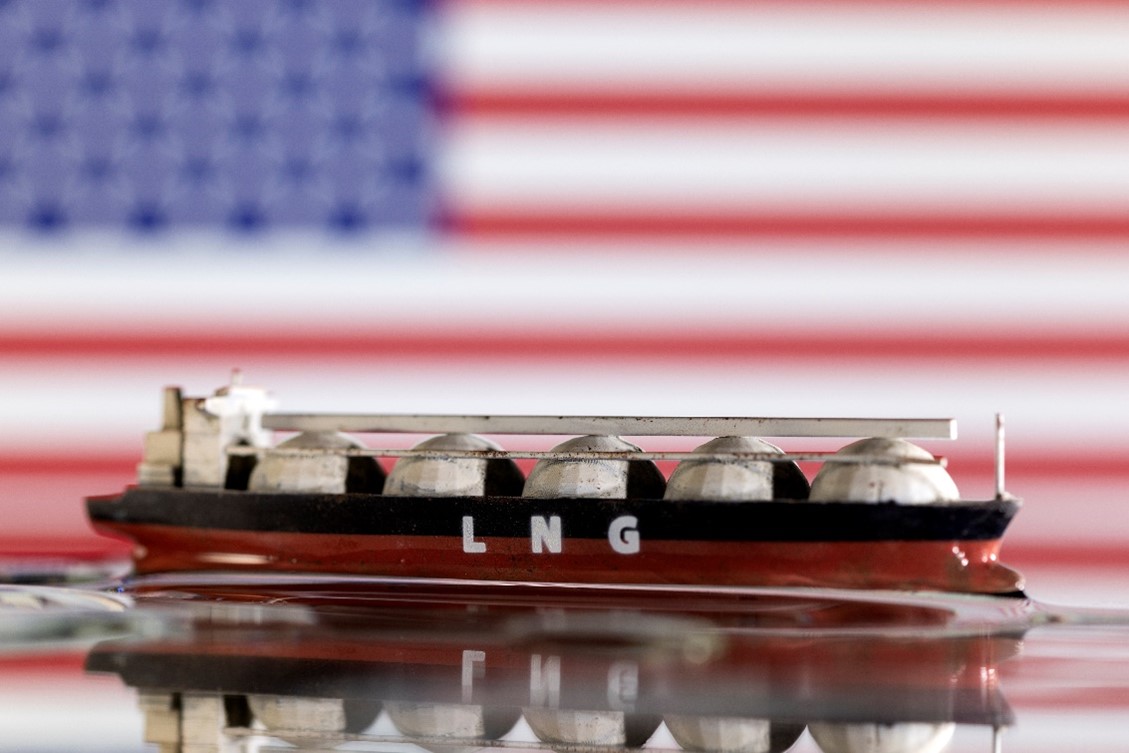Global natural gas demand is expected to break another record by the end of 2024, reinforcing the critical need for more American-produced energy in the world market as geopolitical turmoil drives market volatility.
Fueled largely by industrial demand in Asia and Europe, gas demand is forecast to increase more than 2.5% by year’s end, with similar growth rates expected in 2025, according to the International Energy Agency (IEA)’s Global Gas Security Review.
But in a tight supply market – partially tied to Russia and OPEC’s control – access to energy from a trusted source is vital now more than ever. That’s where the role of U.S.-produced natural gas is paramount. As the world’s top producer and exporter, subject to the most rigorous environmental standards in the world, American-produced energy is the best way to reliably meet this growing demand while also helping to meet key emission reduction goals worldwide.
And with Pennsylvania currently producing approximately 20% of America’s natural gas, utilizing our abundant energy resources would help alleviate these pressures even further while also improving reliability and sustainability.
“Producers and consumers need to work together to ensure secure global gas supplies amid mounting geopolitical concerns,” IEA emphasizes, stressing the importance of securing more LNG supply contracts.
“The growing flexibility and liquidity of the LNG market is becoming increasingly important in responding to gas supply and demand shocks to ensure energy supply security,” the report says.
But an inefficient permitting process combined with President Biden’s politically-motivated LNG permit freeze threatens this much-needed stability. While the Biden Administration claims the freeze is to further review the environmental impact of U.S. LNG, independent research confirms there’s no better way to quickly reduce global greenhouse gas emissions.
In fact, ICF, a global research center, calculated the total increase in world emissions without U.S. LNG would have been 112 million metric tons in 2022. That’s equivalent to the greenhouse gas emissions from 26 million gasoline-powered vehicles in just one year, according to the U.S. EPA’s equivalency calculator.
This is all against the backdrop that no U.S. LNG project has reached final investment decision since the permit freeze began in January of this year, IEA notes. Not only does this jeopardize the energy security of our allies, it suppresses the domestic natural gas industry’s ability to share our abundant energy with the world while investing capital and fueling job growth in Pennsylvania and beyond.
Appalachia’s natural gas industry is ready and able to contribute to global energy solutions, sustainability and energy security, all while promoting the national security of our allies and trading partners. Home to the cleanest and most prolific source of American natural gas, energy from the United States Pennsylvania, West Virginia and Ohio should be answering the international call for more natural gas. Our government must put politically driven policies aside and heed the global demand for energy.
As Expand Energy COO Josh Viets told the crowd at Shale Insight, “we are really never too far from experiencing the same type of tragedies that [Europe faces], if we don’t have better policy makers making pragmatic decisions to support us as citizens of this country.”





